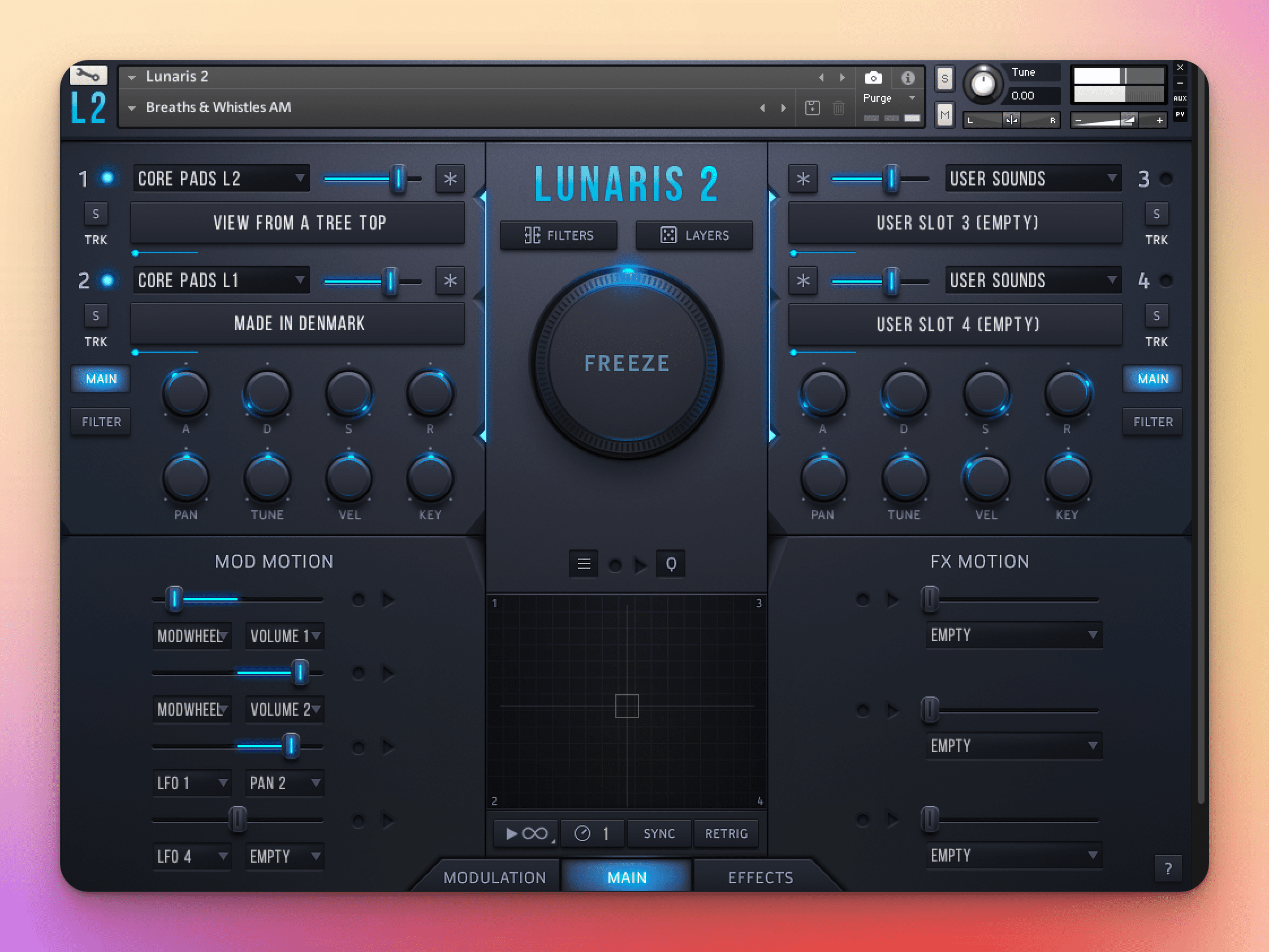Social media crisis management is vital for addressing negative feedback effectively. You should monitor your brand mentions actively and set up alerts for spikes in negative sentiment. Establish protocols for prompt responses that include clear communication and empathetic engagement with your audience. By understanding audience sentiment, you can inform your strategies and adjust communications to improve your brand’s image. There’s more to uncover about crafting communication plans and learning from past crises.
Key Takeaways
- Actively monitor social media for negative mentions and spikes in sentiment to address issues promptly.
- Respond to negative feedback with a calm tone, offering personalized solutions and transparency.
- Utilize sentiment analysis tools to classify and track audience sentiment over time for informed responses.
- Establish clear communication protocols, including regular updates, to keep the audience informed during a crisis.
- Create a feedback loop to adjust your strategy based on audience reactions and maintain brand reputation.
Understanding the Importance of Social Media Monitoring

While you may think of social media as just a platform for sharing updates, it plays a crucial role in your brand’s reputation and crisis management. Users spend over two and a half hours daily on social media, making active monitoring essential.
By tracking and addressing negative feedback, you can maintain a positive brand image. Monitoring competitors’ strategies also gives you valuable insights for benchmarking against them.
Additionally, spotting potential crises early can save you from reputational damage. Social media monitoring helps you understand your audience’s interests and pain points, allowing you to tailor your marketing strategies effectively.
In a fast-paced digital world, staying informed is key to protecting and enhancing your brand’s reputation.
Establishing Effective Monitoring Protocols

To effectively manage a social media crisis, you need to identify key metrics that matter most to your brand.
Setting a consistent listening frequency will help you stay on top of conversations and trends.
Additionally, defining alert criteria ensures you only get notified about the most critical mentions.
Identifying Key Metrics
How can you effectively monitor social media during a crisis? Start by identifying key metrics that help gauge audience interaction and sentiment.
Focus on engagement metrics like likes, shares, and comments to assess how people are reacting to your crisis content. Conduct sentiment analysis to categorize conversations as positive, negative, or neutral, giving you insight into public mood.
Track mentions of your brand across platforms to see how often you’re being discussed. Additionally, use topic clustering to pinpoint recurring complaints or themes in customer feedback.
Finally, stay alert for emerging trends that could indicate potential issues, allowing you to respond proactively. With these metrics, you can create a solid foundation for your crisis management strategy.
Setting Listening Frequency
Effective social media monitoring requires a well-defined listening frequency that aligns with your business goals and industry dynamics.
Regular monitoring is essential to stay informed and responsive, especially during high-activity periods like product launches or crises. You should adjust your listening frequency based on the current trends and feedback your industry is experiencing.
For instance, if there’s a spike in conversations about your brand, increase your check-ins to capture insights promptly. Remember, your objectives will guide this process, ensuring you focus on meaningful data.
Defining Alert Criteria
While navigating the complexities of social media crises, defining alert criteria is crucial for timely and informed responses.
Start by establishing thresholds for negative sentiment, like a 20% increase in negative comments, to trigger action. Keep an eye on mentions from key influencers and media outlets, as these can indicate a potential crisis impact.
Identify specific crisis triggers, such as product failures or offensive posts. Utilize sentiment analysis tools to categorize conversations and monitor shifts in public sentiment.
Implement social media listening tools for real-time tracking across platforms. Set up keyword alerts and ensure data sharing with relevant stakeholders.
Lastly, define escalation procedures for involving legal or executive teams when necessary. Additionally, consider the importance of AI technology integration in enhancing your monitoring capabilities and providing insights into public sentiment trends.
Detecting Early Warning Signs of a Crisis

To effectively detect early warning signs of a crisis, you need to monitor social mentions and leverage sentiment analysis tools.
Keeping an eye on what people are saying can alert you to potential issues before they escalate.
Monitoring Social Mentions
Monitoring social mentions is crucial for identifying early warning signs of a crisis, as it allows brands to detect potential issues before they escalate.
By utilizing monitoring tools, you can receive real-time updates on brand mentions, alerting you to sudden spikes in negative comments. Key indicators like increased brand mentions, negative sentiment spikes, and engagement trends can signal trouble.
Also, keep an eye on recurring complaints and relevant hashtags. Tools like Brand24, Brandwatch, and Hootsuite enable effective tracking and help assess the severity of any crisis. Additionally, understanding production quantity variance can assist in evaluating how customer feedback may impact overall business performance.
Sentiment Analysis Tools
Sentiment analysis tools are vital for detecting early warning signs of a crisis, allowing brands to stay ahead of potential issues. These tools classify social media posts as positive, negative, or neutral, employing AI and natural language processing to assess emotions in real-time across platforms like Twitter and Instagram.
With features like automated alerts for negative sentiment spikes, you can quickly respond to emerging problems. They also provide actionable insights that inform your strategic decisions.
While challenges exist—like interpreting sarcasm and slang—human oversight improves accuracy. By continuously monitoring sentiment, you can adjust your crisis management strategies and learn from past experiences, ensuring you’re always prepared for what lies ahead.
Analyzing Audience Sentiment

How can you truly understand your audience’s feelings during a crisis? Start by utilizing sentiment analysis tools like Sprout Social and Brandwatch to gather data from social media posts and reviews. This data reveals audience sentiment, helping you gauge their reactions.
Leverage natural language processing (NLP) and machine learning algorithms to classify sentiments as positive, negative, or neutral. Real-time monitoring is crucial; set up alerts for spikes in negative sentiment to respond promptly.
Don’t forget social listening to track brand mentions and context analysis to avoid misinterpretations. By analyzing sentiment trends over time, you can identify potential crises and develop effective response strategies, ultimately managing your brand’s reputation and improving customer satisfaction.
Creating a Comprehensive Crisis Management Plan

Understanding audience sentiment during a crisis lays the groundwork for effective crisis management, but having a solid plan in place is just as important.
Start by identifying crisis triggers, like negative reviews or product failures, to know when to act. Develop clear escalation procedures, detailing who to notify and when. Your response protocols should include specific actions, such as pausing marketing campaigns.
Choose the right communication channels for disseminating your message and utilize social listening tools to monitor your brand’s online presence in real time.
After the crisis, conduct a post-crisis review to assess the effectiveness of your response and adjust your plan accordingly. This comprehensive approach will help you navigate challenges effectively and maintain your brand’s reputation.
Defining Roles and Responsibilities in Crisis Situations

When a crisis strikes, having clearly defined roles and responsibilities is crucial for an effective response. You need a designated senior leader to oversee the crisis response, ensuring they’ve the authority to make key decisions.
Each team member must know their specific responsibilities to avoid confusion. Assemble a crisis management team that includes a point person, approvers, technical support, and legal advisors.
Clear roles within the crisis management team are essential; include a point person, approvers, technical support, and legal advisors.
Establish communication protocols for both internal and external messaging to maintain consistency. Additionally, ensure the leader can sign off on all actions taken.
This structure empowers your team to respond swiftly and effectively, facilitating a coordinated effort that can mitigate the crisis and protect your brand’s reputation.
Crafting an Effective Communication Strategy

When you’re crafting an effective communication strategy, start by establishing clear messaging that resonates with your audience.
Choose the right channels to ensure your updates reach stakeholders quickly and efficiently.
Regularly update your message to reflect changes and maintain trust during a crisis.
Key Messaging Guidelines
Effective communication during a crisis hinges on clear and strategic messaging. You should start by explaining the crisis’s nature to maintain transparency and outlining the steps you’re taking to resolve it.
It’s crucial to communicate future expectations so stakeholders know what to anticipate. Consistency across all platforms is vital, but also tailor your messages to fit the nuances of each social media channel.
Empathy is key; use sincere language that acknowledges emotional impact. Ensure all information is accurate and respond promptly to demonstrate proactive management.
Create an initial draft, obtain leadership approval, and refine your message based on feedback. Anticipate questions and prepare clear responses to address concerns effectively while aligning your messaging with your brand’s values.
Channel Selection Strategy
Clear messaging is just one part of a robust crisis communication strategy; selecting the right channels to deliver that messaging is equally important. Different crises demand different platforms.
For example, TikTok isn’t suitable for serious product issues, while LinkedIn works well for investor communications. Facebook’s Crisis Response tool is great for detailed updates, and Twitter is perfect for timely news.
Identify where your audience spends their time and prioritize those platforms. Use analytics to gauge engagement and tailor your messages to fit each platform’s unique format.
Ensure your content is quick to disseminate and clear, whether it’s a short tweet or a detailed Facebook post. Adjust your strategy based on the crisis’s severity and monitor responses to refine your approach.
Regular Update Protocols
To maintain trust and transparency during a crisis, you need to establish regular update protocols that keep your audience informed.
Consistency is key; provide updates as soon as new information is available. This not only encourages audience engagement but also reduces speculation.
Make sure your updates outline the steps you’re taking to resolve the crisis. Clear communication is essential—your messages should be concise and straightforward.
Express empathy and include apologies where necessary. Use a consistent tone across all communications to maintain credibility.
Factual accuracy is crucial to prevent misinformation. Additionally, regular updates create a feedback loop, allowing you to adjust your response strategy based on audience reactions.
Engaging With Negative Feedback Promptly and Empathetically

When a customer voices negative feedback, responding promptly and empathetically can make all the difference in how the situation unfolds. Addressing concerns quickly prevents escalation and shows you value their experience.
Use a calm tone and avoid defensiveness; acknowledging their frustrations fosters trust. Transparency is key—clearly outline steps to resolve the issue and offer personalized solutions tailored to their needs.
A calm, non-defensive approach fosters trust; transparency and personalized solutions are essential for effective resolution.
Engage privately for sensitive matters to keep the conversation respectful. Utilize social listening tools like Hootsuite to monitor feedback and respond in real-time.
Consistent messaging aligned with your brand’s tone ensures clarity. Ultimately, these strategies can turn a negative experience into a chance for improvement, enhancing customer loyalty and reinforcing your brand’s reputation.
Evaluating the Crisis and Its Impact

Evaluating a crisis and its impact is crucial for effective management, as understanding the nuances can guide your response strategy.
Start by identifying crisis triggers like negative reviews or product recalls, then categorize the crisis type—whether it’s a product issue or customer service failure.
Assess how the crisis affects your brand reputation and stakeholders, considering the scope across various platforms.
Use social listening tools to gauge public sentiment and identify key voices shaping the conversation.
Monitor media coverage to evaluate overall sentiment, and track any misinformation.
Measure the crisis’s social media impact, documenting a timeline of events for future reference. Moreover, consider the role of social justice movements in shaping public opinion and influencing brand perception during a crisis.
This thorough evaluation lays the groundwork for crafting a targeted response.
Implementing Lessons Learned for Future Prevention

Implementing lessons learned from past crises is essential for preventing future issues and enhancing your organization’s resilience. Start by utilizing social media monitoring tools to track brand mentions and sentiment, allowing for quick responses to emerging problems.
Establish dedicated crisis teams with clear roles to streamline decision-making. Develop comprehensive communication plans that outline response protocols and messaging. Training employees on effective social media practices boosts preparedness.
Conduct scenario-based training exercises to refine your response strategies. Prioritize transparency in your messaging, acknowledging mistakes and engaging stakeholders with empathy. Regularly analyze past crises to improve your approach. Additionally, analyzing past crises can provide valuable insights into common pitfalls and enhance your overall crisis management strategy.
Frequently Asked Questions
How Can We Measure the Success of Our Crisis Management Efforts?
To measure the success of your crisis management efforts, track key performance indicators like audience engagement and sentiment shifts.
Use tools for real-time data analysis to monitor how quickly the crisis spreads and adjust your responses accordingly.
Conduct post-crisis reviews to identify areas of improvement and incorporate feedback.
Regularly assess how well your strategies are working, ensuring you stay proactive and ready for future challenges.
Transparency and accountability are crucial throughout this process.
What Tools Help in Identifying Misinformation During a Crisis?
To identify misinformation during a crisis, you can use various tools.
Platforms like Mention and Brandwatch provide real-time alerts and analytics, helping you track sentiment and emerging issues.
Talkwalker and Hootsuite monitor brand mentions across social media, ensuring you catch potential problems early.
Sprout Social’s advanced listening features also help you pinpoint crises as they arise.
These tools empower you to stay informed and respond effectively to misinformation.
How Often Should We Conduct Crisis Drills?
Did you know that organizations conducting crisis drills at least twice a year improve their response times by up to 30%?
To effectively prepare your team, you should conduct crisis drills regularly, ideally quarterly. This frequency enhances your team’s skills and confidence, allowing them to respond swiftly during real crises.
Don’t forget to review your crisis plans annually to keep them relevant and effective for any evolving scenarios your organization might face.
What Are the Key Elements of a Strong Communication Strategy?
To build a strong communication strategy, start by setting clear, SMART goals that align with your organization’s vision.
Understand your audience and tailor your messages accordingly, ensuring consistency across all platforms.
Implement effective feedback mechanisms to refine your approach, and stay adaptable to changing circumstances.
Use a multi-channel approach, selecting appropriate channels and content formats to engage diverse audiences and enhance overall communication effectiveness.
Regularly review and update your strategy as needed.
How Can We Effectively Train Our Team for Crisis Situations?
Imagine your team facing a sudden crisis—are they ready?
To effectively train your team for crisis situations, start by identifying potential challenges. Customize training sessions to fit your organization’s needs and engage everyone in mock simulations.
Clearly define roles within your crisis response team, ensuring everyone knows their responsibilities. Establish communication channels for quick decision-making, and regularly evaluate performance post-crisis to refine your strategy.
Preparation today can save your reputation tomorrow.
Conclusion
In today’s digital landscape, 79% of consumers expect brands to respond to their social media queries within 24 hours. By proactively managing negative feedback and engaging with your audience, you can turn potential crises into opportunities for growth. Remember, a well-crafted crisis management plan not only addresses issues but also strengthens your brand’s image. Stay vigilant, respond empathetically, and you’ll not only weather the storm but also build lasting trust with your audience.










